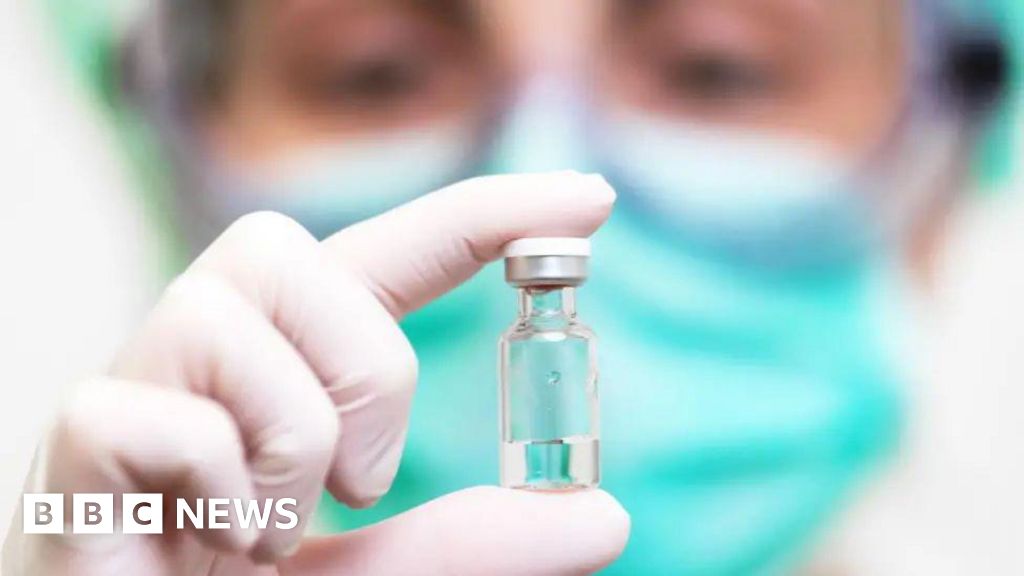HIV Prevention Gap in the West Midlands
Introduction to the Issue
Women in the West Midlands are disproportionately affected by gaps in HIV prevention. Data shows that while women accounted for 42% of new HIV diagnoses in the region, only 3% of women are taking up prevention measures such as pre-exposure prophylaxis (PrEP). PrEP, available as a daily tablet or as an injection every eight weeks, significantly reduces the risk of HIV infection.
The Gender Gap in PrEP Uptake
Government figures revealed that 75% of men who have sex with men and were identified as needing PrEP by NHS sexual health services in England had started taking it or were continuing to take it in 2023. However, women who have sex with men now account for the highest proportion of new HIV diagnoses in England. This disparity highlights a sharp gender gap in the uptake of PrEP.
Calls for Urgent Action
As health care leaders and advocates come together to discuss the issue, calls for urgent action to address inequality are growing. Women are being “left behind” in terms of access to HIV prevention measures. There are already examples of great work in the West Midlands, but more needs to be done to ensure every woman has access to the support they deserve.
Local Initiatives and Solutions
Local, peer-led initiatives can make a real difference in addressing the HIV prevention gap. The Birmingham event will be a “valuable opportunity to share what works and explore how we can scale up these types of approaches across the region.” The meeting will discuss the findings of a national policy report, which shows how women have been consistently underserved in the UK’s HIV response.
The Importance of Community-Tailored Action
While national policy sets the direction, it is local action – tailored to community needs – that drives real change. This approach is crucial in addressing the specific needs of women in the West Midlands and ensuring they have equal access to HIV prevention measures. By working together, health care leaders, advocates, and community organizations can help bridge the gap and provide better support for women at risk of HIV infection.

